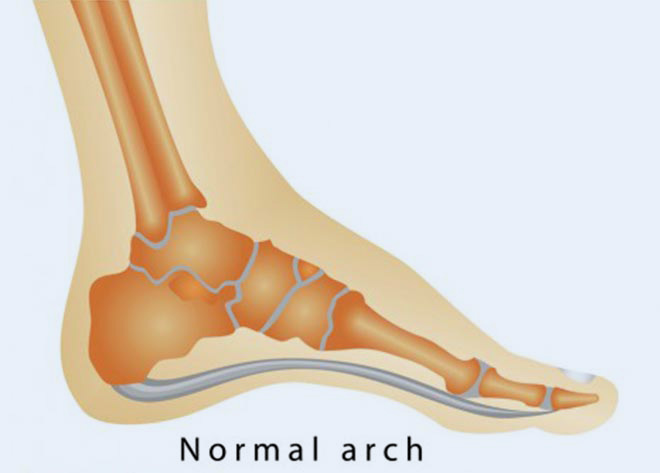Are foot orthoses covered by private health insurance?
If you have private health insurance and you are covered for extras including podiatry, most likely the answer is yes. You need to contact you private health insurance fund to confirm that they are covered under your current policy.
How often should I get my foot orthoses checked?
As you can imagine, your feet change as your body does. When you grow in height or your weight changes, different pressures are exerted in different areas of the foot and varying with force. That is why it is important to see your podiatrist every 12 months for a check-up.
info@head2toe.com.au
03 9326 0168












